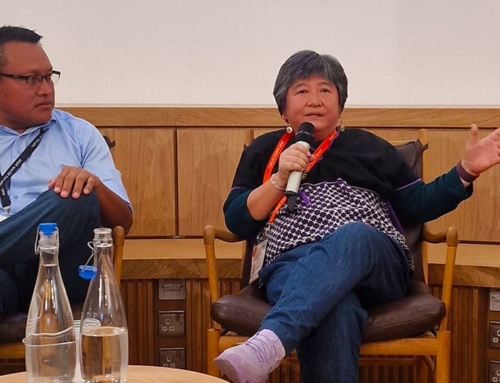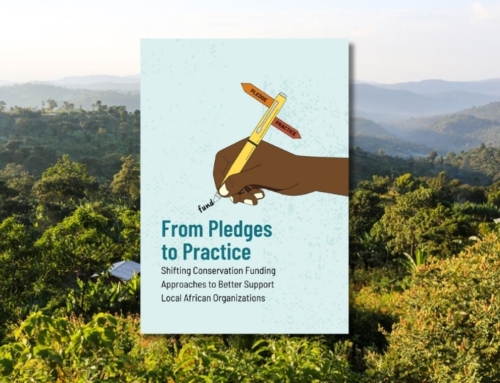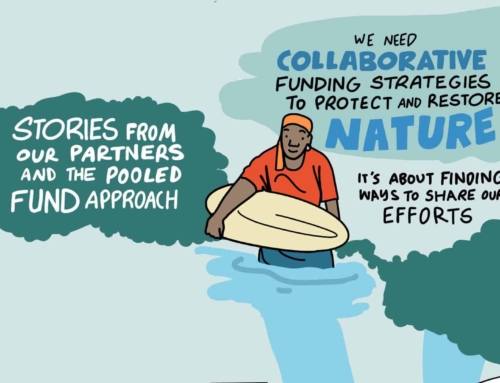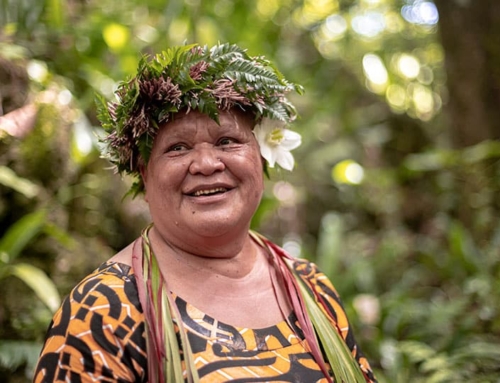Following a roundtable discussion on how to provide better funding at the 16th Conference of the Parties (COP16) of the Convention on Biological Diversity, Forest Peoples Programme and Synchronicity Earth have published a report with recommendations on how to improve biodiversity finance for Indigenous Peoples and local communities, women, and youth.
Amid growing calls for alternative sources of financial support to plug the gaps left by cuts to international aid budgets, most notably by the US Agency for International Development (USAID), this report – and the recommendations it contains – could not be more timely.
Download the report in English, French, Portuguese, or Spanish.
The news that the new US administration will be cancelling more than 90% of the USAID foreign aid contracts and $60 billion in overall funding for developmental assistance has been a devastating blow for charitable organisations worldwide. These organisations and the communities they serve have led the numerous calls for philanthropists and foundations to step up and fill the gaps so groups already facing huge challenges in the current climate (such as Indigenous Peoples in Latin America) do not lose this critical support.
If philanthropy does respond and help fill the gaps left by USAID and other government aid cuts such as the recent decision by the UK government to cut its overseas aid budget, it is vital that priorities for new sources of funding are shaped by the communities they are aiming to support.
Funding should support Indigenous Peoples and local communities’ priorities
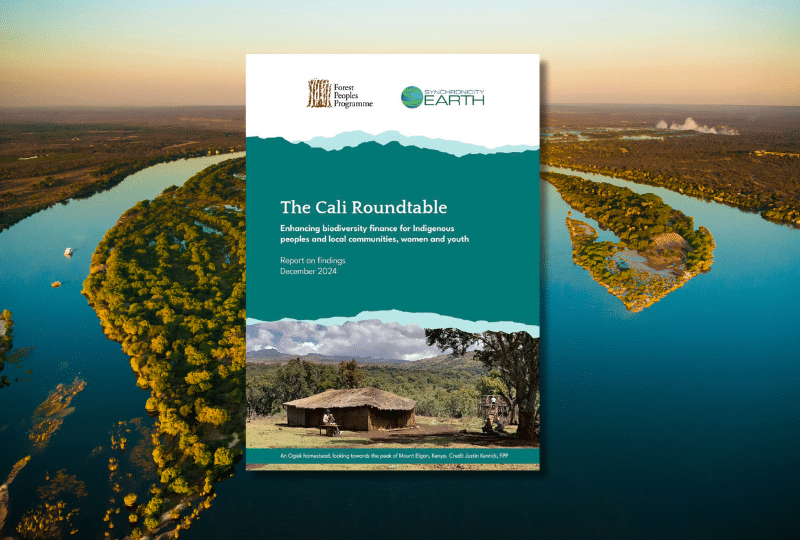
The report is available in English, French, Portuguese, or Spanish.
In 2024, $14 million out of a total of $22.6 million of USAID funding in Brazil went towards Amazon rainforest conservation and support for Indigenous Peoples. A key message from the Cali roundtable was that funders need to concentrate on Indigenous Peoples and local communities (in Brazil and elsewhere), but they must engage in meaningful dialogue with these communities to understand their goals and align their funding accordingly.
The impact that supporting Indigenous Peoples and local community priorities, particularly around their land rights, on biodiversity is that land under their stewardship often have greater numbers of species; less deforestation and degradation; and conserving these habitats costs less.
Reorienting funding criteria to support Indigenous Peoples and local community-determined priorities ensures that projects respect their visions for their lands and territories and supports their self-determination.
Support women and youth as key partners
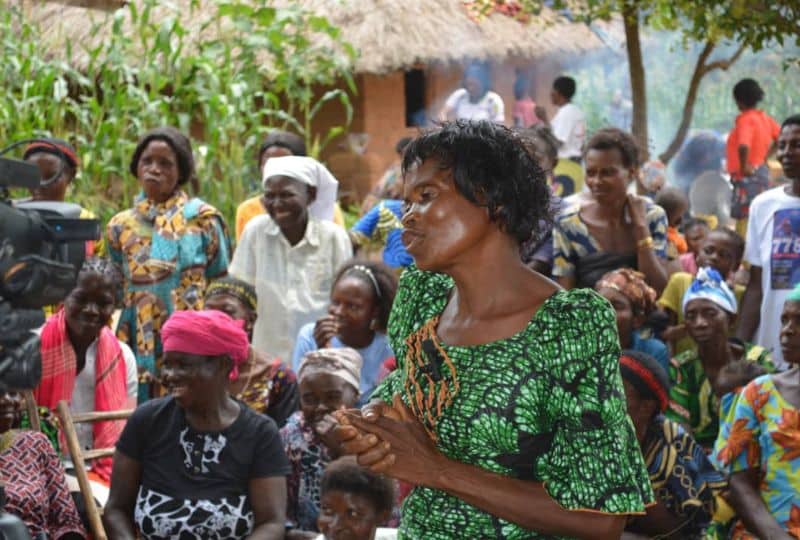
The Bakwa Tshiya village in Miabi territory holding a ceremony to mark the official decree of their community forest being granted by provincial authorities. © CFLEDD
Last week, the United Nations (UN) confirmed that the United States has slashed $377 million in funding for the UN reproductive and sexual health agency (UNFPA). This reflects a wider concern that women’s rights and needs will be threatened by the changing political tides and receive less support as numerous governments cut their overseas aid (France, Sweden, Germany, the UK, and the Netherlands).
It is vital that biodiversity funders ensure their funding reaches women and young people, not just as they are likely to be disproportionately affected by these changes but also as they are indispensable partners in biodiversity conservation in their own right who deserve funding and support commensurate with their contributions.
Their initiatives are often pivotal to achieving long-lasting impacts, yet participants at the roundtable highlighted that they constantly face systemic barriers that hinder their access to resources. Equitable funding mechanisms must prioritise women and youth-led initiatives alongside those of Indigenous Peoples and local communities, recognising their unique perspectives and leadership roles.
Provide direct, flexible, and sustained funding

Our Freshwater Programme provides flexible and long-term funding to Instituto Juruá, which works with local communities across the medio-Juruá region of Brazil to implement and strengthen sustainable community fisheries. © Instituto Juruá
The nature of private funding means that the restrictions and reporting requirements can be adapted and reshaped in a far more timely and flexible manner than government aid, and this is partly why the Cali Roundtable recommendations in the report are particularly aimed at philanthropists and foundations.
Direct, flexible and sustained funding is essential to support Indigenous Peoples and local communities, women, and youth. Simplifying application and reporting processes will reduce administrative burdens that often exclude grassroots initiatives from accessing funding.
Moreover, providing long-term and flexible funding is critical to enabling sustained efforts of Indigenous Peoples and local communities, women and youth, and honouring the self-determination of Indigenous Peoples.
Read the full report
The report is available to read in English, French, Portuguese, or Spanish.
For more news and insights about how we can make environmental funding more effective and equitable, subscribe to our LinkedIn newsletter Reimagining Philanthropy.


